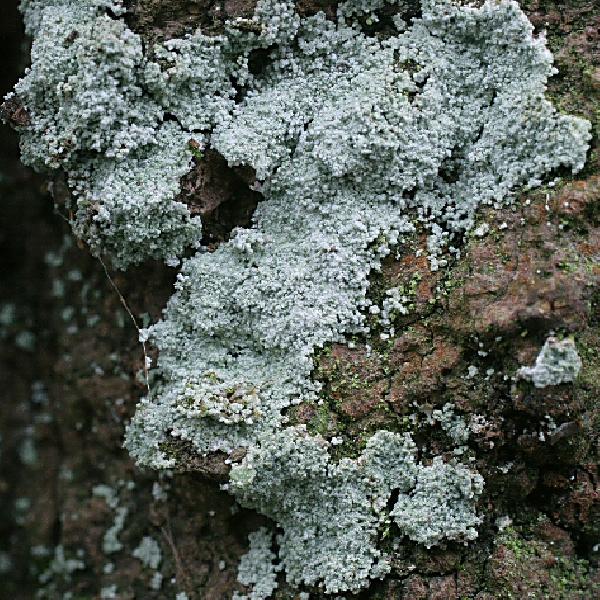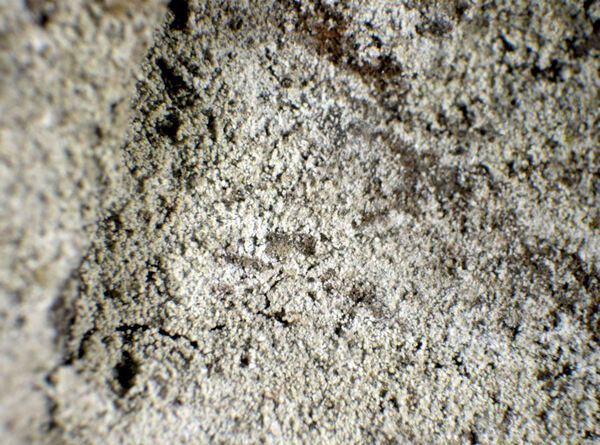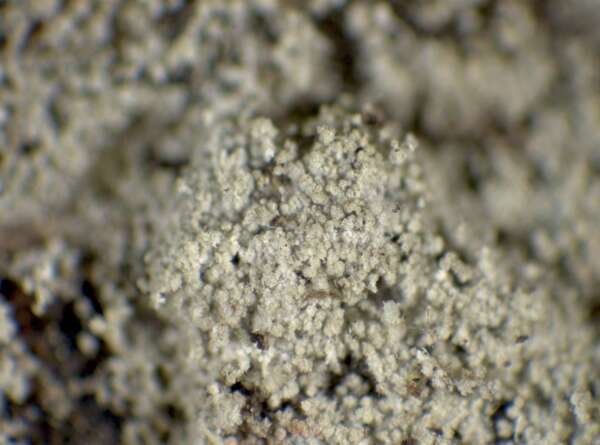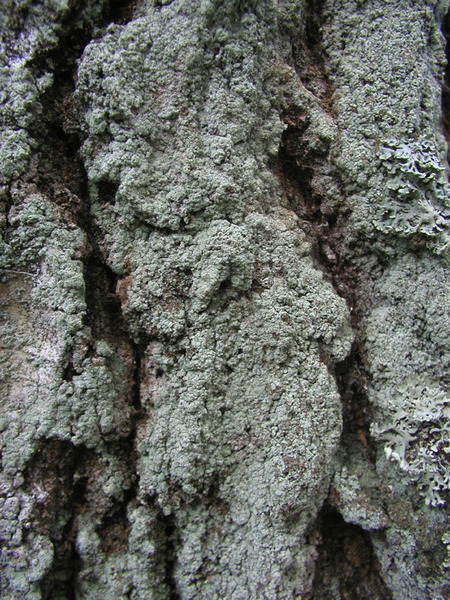Lepraria incana (L.) Ach.
Meth. Lich.: 4, 1803. Basionym: Byssus incana L. - Sp. Pl., 2: 1169, 1753.
Synonyms: Crocynia crassissima Hue non auct.; Crocynia maritima B. de Lesd.; Lepra sulphurea (Schltdl.) Ehrh.; Lepraria aeruginosa auct. p.p.; Lepraria crassissima (Hue) Lettau non auct.; Lepraria glaucella (Flörke) Ach.; Patellaria incana (L.) Spreng.
Distribution: N - VG (Baruffo & al. 2006), Frl (Baruffo & al. 2006), Ven (Caniglia & al. 1999, Nascimbene & Marini 2010, Nascimbene & al. 2015), TAA (Nascimbene & al. 2014, 2022, Nascimbene 2014, Nascimbene & Marini 2015, Trindade & al. 2021), Lomb (De Vita & Valcuvia 2004, Brackel 2013), Piem (Morisi & Sereno 1995, Baruffo & al. 2006, Isocrono & al. 2003b, 2006, Matteucci & al. 2010, Giordani & Malaspina 2016), Emil (Fariselli & al. 2020), Lig (Brunialti & al. 1999, Putortì & al. 1999b, Brunialti & Giordani 2003, Giordani 2006, Giordani & Incerti 2008, Giordani & al. 2016). C - Tosc (Loppi & Putortì 2001, Baruffo & al. 2006, Brunialti & Frati 2010, Brackel 2015, Nascimbene & al. 2015, Frati & Brunialti 2023), Marc, Umb (Panfili 2007), Laz, Abr (Loppi & al. 1999), Mol (Brackel 2020), Sar (Nöske 2000, Zedda 2000a, 2002, Cossu 2013). S - Cal (Incerti & Nimis 2006).
Description: Thallus leprose, cottony, greenish/bluish grey to whitish grey, often with dull orange, orange-brown or pale orange-brown areas which react K+ purple-red, diffuse and not sharply delimited, without marginal lobes, consisting of a thick, soft mass of powdery, spherical, up to 100 µm wide granules, with a rather firm surface, without projecting hyphae or with very short projecting hyphae. Medulla white, poorly developed to absent, the hyphae 2-5 µm thick. Photobiont chlorococcoid, the cells c. 18 µm wide. Spot tests: K-, C-, KC-, P-, UV+ bluish white, sometimes also patchily UV+ pale orange, the orange parts K+ purple-red. Chemistry: divaricatic acid, zeorin, often also parietin, irregularly distributed in the thallus.Note: on acid bark of coniferous and deciduous trees, on surfaces sheltered from rain, sometimes on siliceous rocks, soil and lignum. Most Italian records need confirmation, and some recent dubious records are not reported here. According to Baruffo & al. (2006) in Italy it is most frequent in the montane belt.
Growth form: Leprose
Substrata: rocks, bark, and lignum
Photobiont: green algae other than Trentepohlia
Reproductive strategy: mainly asexual, by soredia, or soredia-like structures (e.g. blastidia)
In underhangs rarely wetted by rain
Commonnes-rarity: (info)
Alpine belt: absent
Subalpine belt: very rare
Oromediterranean belt: absent
Montane belt: rather common
Submediterranean belt: rare
Padanian area: very rare
Humid submediterranean belt: rare
Humid mediterranean belt: absent
Dry mediterranean belt: absent
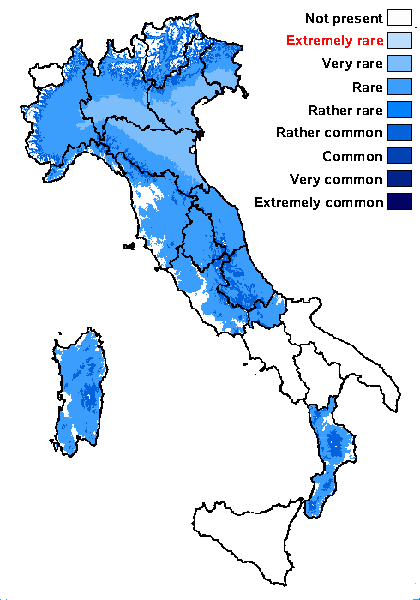
Predictive model
Herbarium samples
Growth form: Leprose
Substrata: rocks, bark, and lignum
Photobiont: green algae other than Trentepohlia
Reproductive strategy: mainly asexual, by soredia, or soredia-like structures (e.g. blastidia)
In underhangs rarely wetted by rain
Commonnes-rarity: (info)
Alpine belt: absent
Subalpine belt: very rare
Oromediterranean belt: absent
Montane belt: rather common
Submediterranean belt: rare
Padanian area: very rare
Humid submediterranean belt: rare
Humid mediterranean belt: absent
Dry mediterranean belt: absent

Predictive model
| Herbarium samples |
 Index Fungorum
Index Fungorum
 GBIF
GBIF
